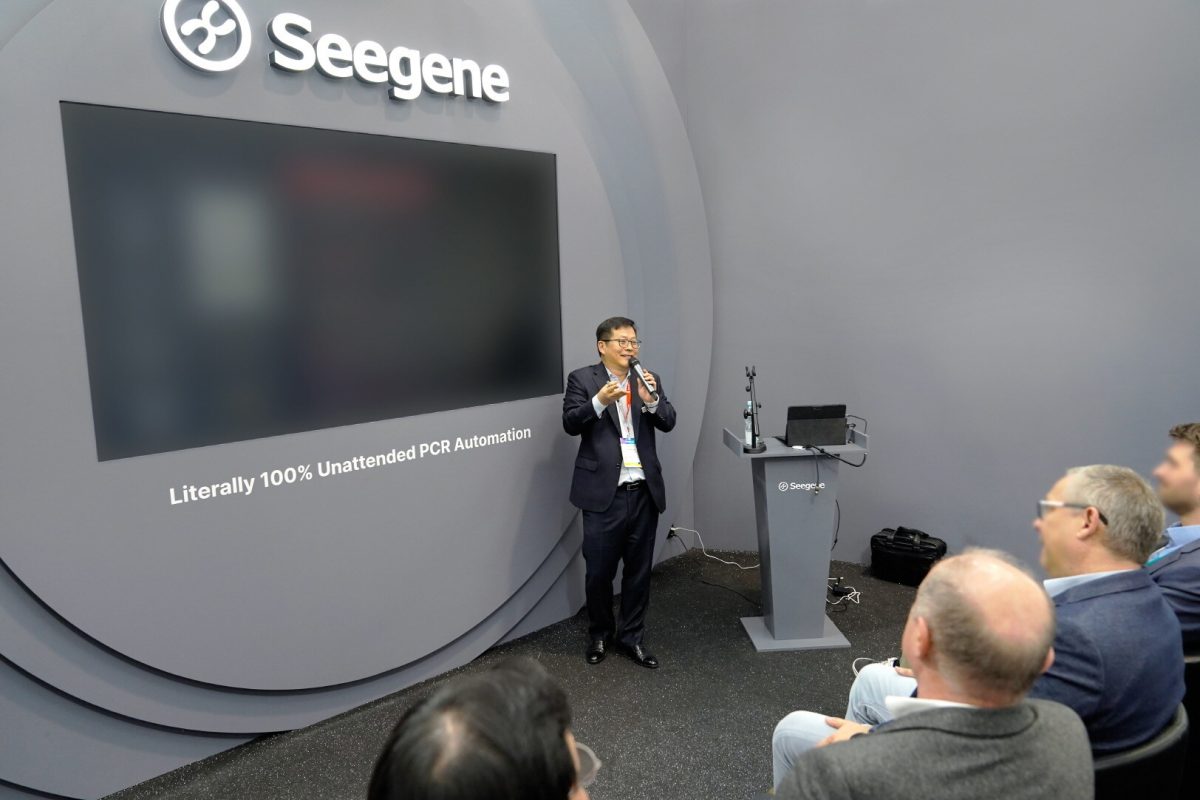HeartBeam AIMIGo System
HeartBeam, Inc. (NASDAQ: BEAT), a cardiac technology company that has developed the first and only 3D vector electrocardiogram (VECG) platform intended for patient use at home, today announced it has received a notice of allowance from The United States Patent and Trademark Office for a key patent relating to the initial AI capability in the form of an expert system for its HeartBeam AIMIGo System. The patent is entitled, “Hand Held Device for Automatic Cardiac Risk and Diagnostic Assessment.”
HeartBeam has developed the HeartBeam AIMIGo System, a personal, portable and easy-to-use VECG solution to assist patients and their clinicians in assessing cardiac symptoms. HeartBeam’s breakthrough solution employs a reusable, credit card-sized, VECG recording device and cloud-based software to deliver critical data to clinicians in real-time outside of a medical setting. More than 127 million people in the US have cardiovascular disease, including more than 20 million with coronary artery disease.
“We believe this patent will further our effort to create a dominant IP position in the area of ambulatory VECG. We believe that coupling AI with the highest resolution ambulatory ECG device available will have the power to deliver unprecedented diagnostic capability for patients experiencing acute cardiac symptoms, which will ultimately lead to improved care and saved lives,” said Branislav Vajdic, PhD, HeartBeam CEO and founder.
“This patent will be followed by an aggressive IP development effort with PatentVest as we refine our algorithms, systems and devices,” added Vajdic.
The newly allowed patent describes a system that combines the recorded cardiac signals from the HeartBeam AIMIGo VECG device with the patient’s symptoms and cardiac risk factors to calculate a cardiac risk score, providing simplified diagnostic information and actionable instructions to the patient. It aims to replicate the decision-making process a physician uses when assessing a patient with cardiac symptoms but performed remotely in an automated manner.
